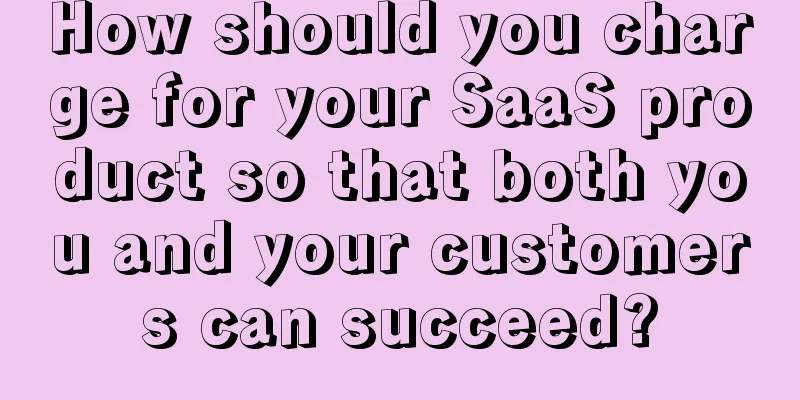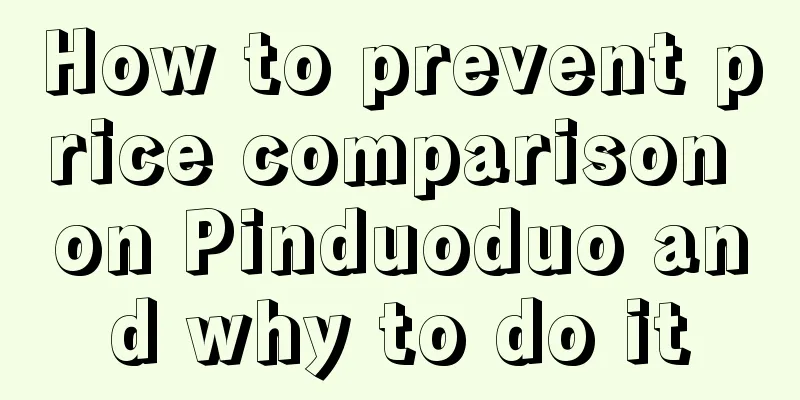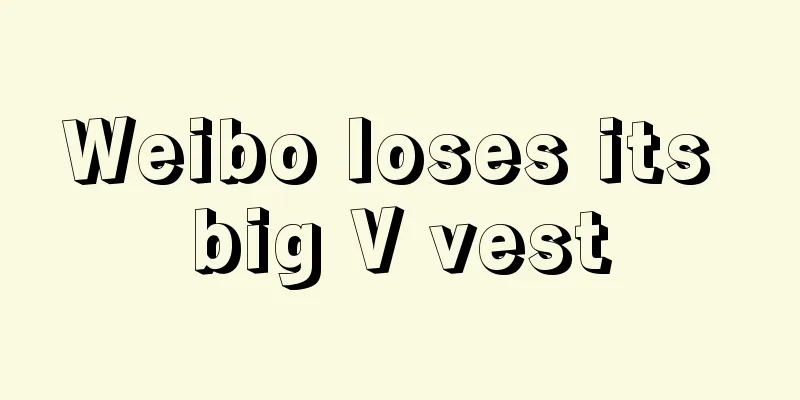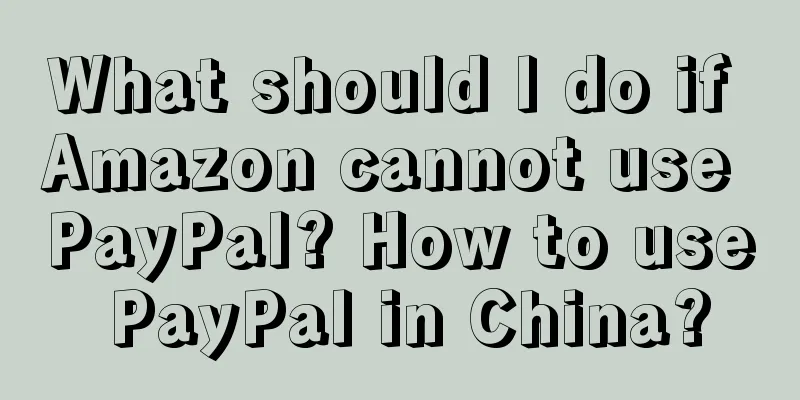How should you charge for your SaaS product so that both you and your customers can succeed?

|
There are many charging models for SaaS products, such as: charging by number of people, charging by usage, charging by function, charging by results, etc. But in my opinion, there is no difference between these charging models. Instead, we need to choose the corresponding charging model according to different product models and stages. First of all, the charging model must be simple, and it is best if customers can understand it at a glance. No one likes to read those long and complicated rules. An overly complicated charging model will also discourage many of your customers, especially those who originally planned to purchase packages by themselves on the website. Secondly, the product’s charging model must be able to grow along with the customer’s business, so that all prosper and all suffer together. Our charging method must be closely linked to the key indicators of customer success. The customers here are not just those who pay for subscriptions to our services, but also our partners and platform developers. We need to help everyone make the pie bigger, so that everyone can earn more money, and then get our share of it. Take Shopify as an example. Its charges actually come from three parts: And according to data from 2020, 2 and 3 account for about 69% of Shopify's overall revenue. Therefore, the premise for Shopify's revenue growth is that its customers and partners can make more money through Shopify. So what are the common charging models for SaaS products? How do we determine which charging model a product should use? This is what I want to share and discuss with you today. # Charge by number of peopleWhen our products and services need to be used by many people, and the more people use them, the better our customers' business will develop, we can choose to "charge by number of people." For example. Suppose you are making a CRM system (Customer Relationship Management), and the main users of this system are the sales staff of the client company. Generally speaking, when a client's business has a lot of room for growth and they are confident that they can achieve rapid growth, they will choose to recruit more sales staff and train them to use the CRM system to improve efficiency and achieve their goals. In this case we can charge based on the number of users. But in addition to the number of users, we can also charge based on the number of customers our clients have, such as our Automizely Marketing product. Automizely Marketing is a SaaS product that helps customers with marketing, and it allows customers to add the first 300 contacts for free. However, if the customer's business scale grows rapidly and he wants to market to more of his potential customers and convert them from potential customers into consumers of the store, then he will be charged additional fees based on the number of contacts. # Pay by usageWhen customers do not need much manual operation when using our products, and our costs are linked to usage, we can choose "charge by usage". Many cloud computing and cloud storage companies adopt a pay-as-you-go approach, such as Snowflake. It directly displays the slogan "Pay for the compute and storage you actually use" on the billing page. It is also worth noting that Snowflake helps customers do more than just provide cloud storage and cloud computing services. They also analyze the data related to customers' use of cloud storage and cloud computing to help customers optimize their usage. To ensure that customers purchase more cloud storage and cloud computing services because of business development needs, rather than incorrect usage. This is actually consistent with the concept we just mentioned that "the product charging model must be able to grow with the customer's business." SaaS products should make more money by helping customers grow their business, not by watching customers make mistakes or deceiving them. # Charge by functionIf your product has very strong functional differences, then you can charge by function and provide better functional services to customers with strong paying ability. For example, for members of a video website, ordinary users may only be able to watch free content, paying customers can watch the HD version of the paid content, and premium paying customers can watch the Blu-ray version of the paid content. Another example is our AfterShip product. We have distinguished four packages: "Free Edition", "Basic Edition", "Professional Edition" and "Enterprise Edition", each of which has different functions. For example, customers who purchase the basic version can only use email and SMS to notify customers, but customers who purchase the official version can call the Tracking API and use the Webhook notification function, and enterprise version customers can also customize the access method. If you look carefully at the picture above, you will find that our AfterShip product actually adopts the "pay by usage" + "pay by function" model. This has an obvious advantage over simply "paying by usage": If we only charge by usage, then the more customers use, the cheaper the price per query they will ask us to provide. Yes, we can indeed consider lowering the price for customers, but customers can also choose to use more powerful features to help their business further develop. # Pay by results Friends who have read my previous article "Why SaaS products need to constantly adjust their pricing strategies?" should know that I strongly support value-based pricing strategies. So I think: under the premise that we can clearly track and measure how much value our products create for customers, the best charging model is "fee by results". What is “Fee by Results”? For example. There is an old residential area where all the street lamp bulbs are old-fashioned bulbs that consume a lot of electricity. As a salesman of a new type of LED light bulb, you want to convince the property management of the community to replace all the light bulbs with new, more energy-efficient LED lights. What should you do? Most people would choose to constantly communicate with the property manager of the residential area, explain to them how good the new LED lights are, and then offer the lowest possible discount to promote the deal. But one person's approach was completely different. He told the community property management: "I can help you change the light bulb for free. You don't have to pay a penny. If the light bulb is damaged after the change, we will also be responsible for repairing it for free. But we want to sign a contract. Every year after the light bulb is changed, you have to give me 50% of the electricity bill you save every year." When the community property heard this, they happily agreed. After all, they didn't have to pay for replacing the light bulb, and the subsequent service fees were paid from the electricity bills they saved, so they didn't lose out either way. For the salesman, as long as he can ensure that the 50% saved in electricity bills in the next few years exceeds the original selling price of his light bulb, he will make a profit and have the opportunity to obtain a long-term stable source of income. This is called “paying for results”: I charge based on the value my products and services create for you. If I don’t create enough value for you, then I don’t charge. And this also conforms to the two principles we just mentioned: 1. The rules are simple enough that customers know how to charge as soon as they hear them; 2. Grow together with our customers. The more they use, the more we help them save and the more we earn. This can actually also be applied to the SaaS field. For example, there is a company that cooperates with some B-side merchants and provides them with free package tracking services (in fact, their backend calls our paid API). However, if the package is found to be lost, the B-side merchant will seek compensation from the logistics company. He would take a certain percentage of the money that the logistics company compensates to the B-end merchants as the service fee for the product. In this case, customers are very happy to cooperate with him. Because his products will only be charged if they truly create value for customers, and his fees are definitely lower than the value he creates for customers. # SummarizeThere are many charging models for SaaS products, the most common ones are: charging by number of people, charging by usage, charging by function, and charging by results. There is no difference between them in terms of advantages and disadvantages, but the corresponding charging model needs to be selected according to different products and business scenarios. The charging model of our products also needs to be constantly reviewed and improved based on business scenarios and market trends. But no matter which charging model we choose, we must comply with two principles: First of all, the charging model must be simple, and it is best if customers can understand it at a glance. Secondly, the product’s charging model must be able to grow along with the customer’s business. As long as the customer is successful, we will also be successful. Only in this way can SaaS products achieve long-term sustainable revenue growth. References: |
>>: If you want to build private domain traffic, you must clarify these 4 issues
Recommend
Can Amazon only log in on one network? What happens if I log in on different networks?
In the digital age, Amazon, as an e-commerce giant...
Corporate Strategy VS Brand Strategy
This article shows how Xiangpiaopiao seized the ma...
Can Internet celebrity cities be replicated?
The emerging Internet celebrity cities that emerg...
New consumption (don’t) be scared by Zhong Xuegao
This article deeply analyzes the key turning point...
How can Chinese sellers join gmarket? What are the advantages?
Now many friends are going to open stores, so you ...
After "prison break", AI became her perfect lover
This article explores the new trend of emotional ...
There are 7 types of business operations on Xiaohongshu. Which one do you need?
There are many ways to operate Xiaohongshu. This a...
What are the conditions for listing products on Wish? How to run a good Wish store?
In the process of opening a store on Wish, some me...
What is shopeeSpayLater? Related questions answered
There are still many merchants opening stores on S...
Assets increased by over 100 million! Review of how a bank managed 20,000 private domain customers with 5 people in 5 months
In recent years, more and more companies have paid...
Kuaishou increases its trillion-dollar food delivery business and launches group purchase and home delivery
Previously, Douyin already had a function to direc...
Tik Tok launches a new version, but netizens across the country are stunned
This article deeply analyzes the new version of Do...
What is the difference between Amazon’s own sales and third-party sales? What are the direct mail techniques?
Now many friends will open stores on Amazon. When ...
Does Amazon in Europe have VAT? In what cases do I need to register for VAT?
After opening a store on the Amazon platform, merc...
Who is copying Zhang Xuefeng?
Recently, topics related to the college entrance e...









